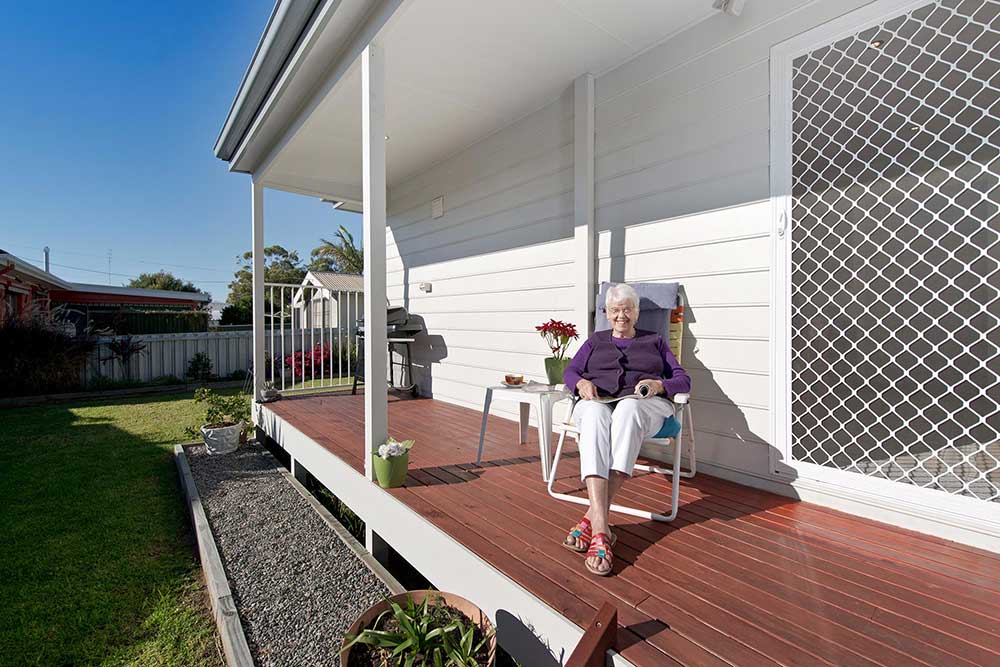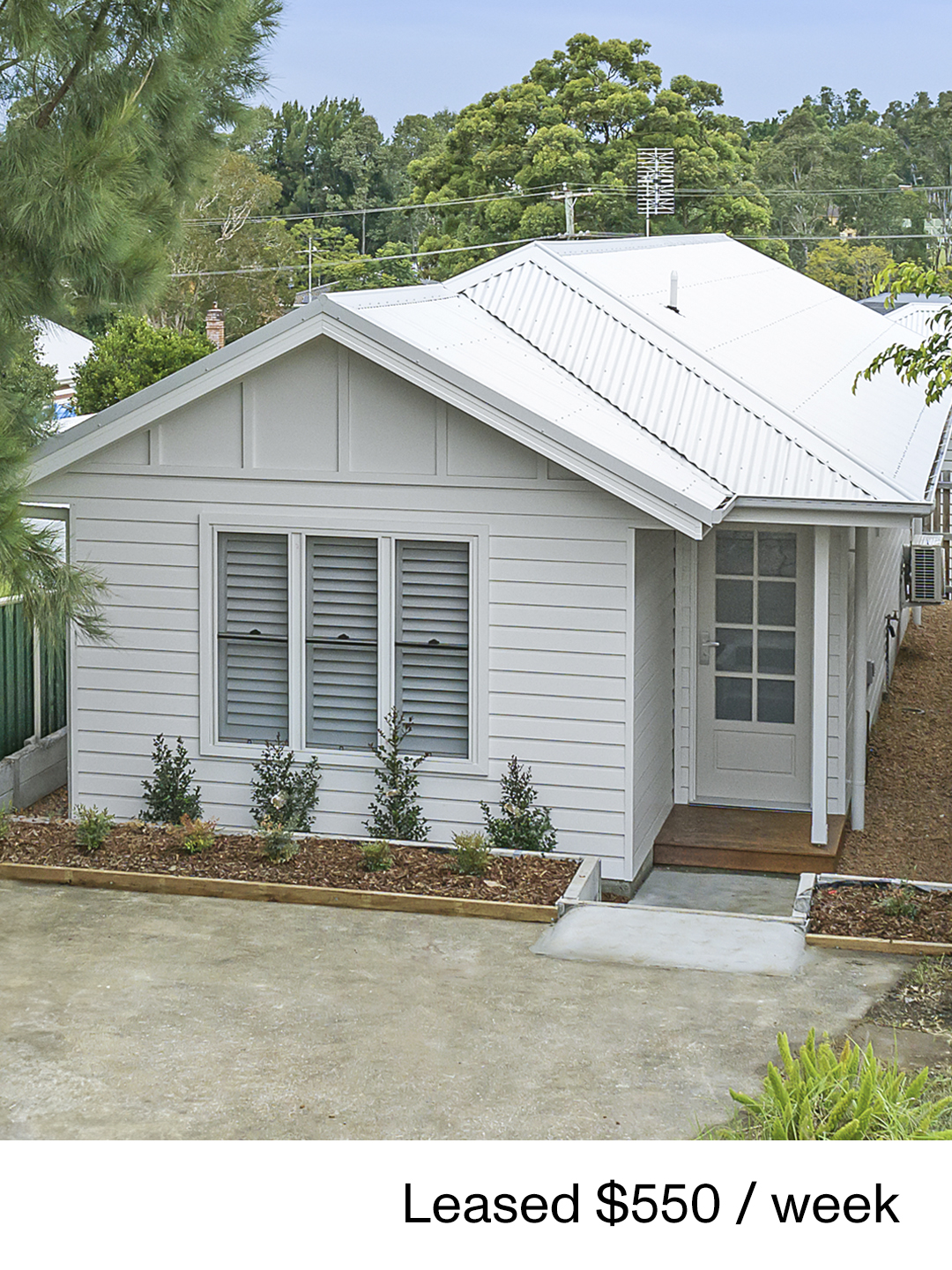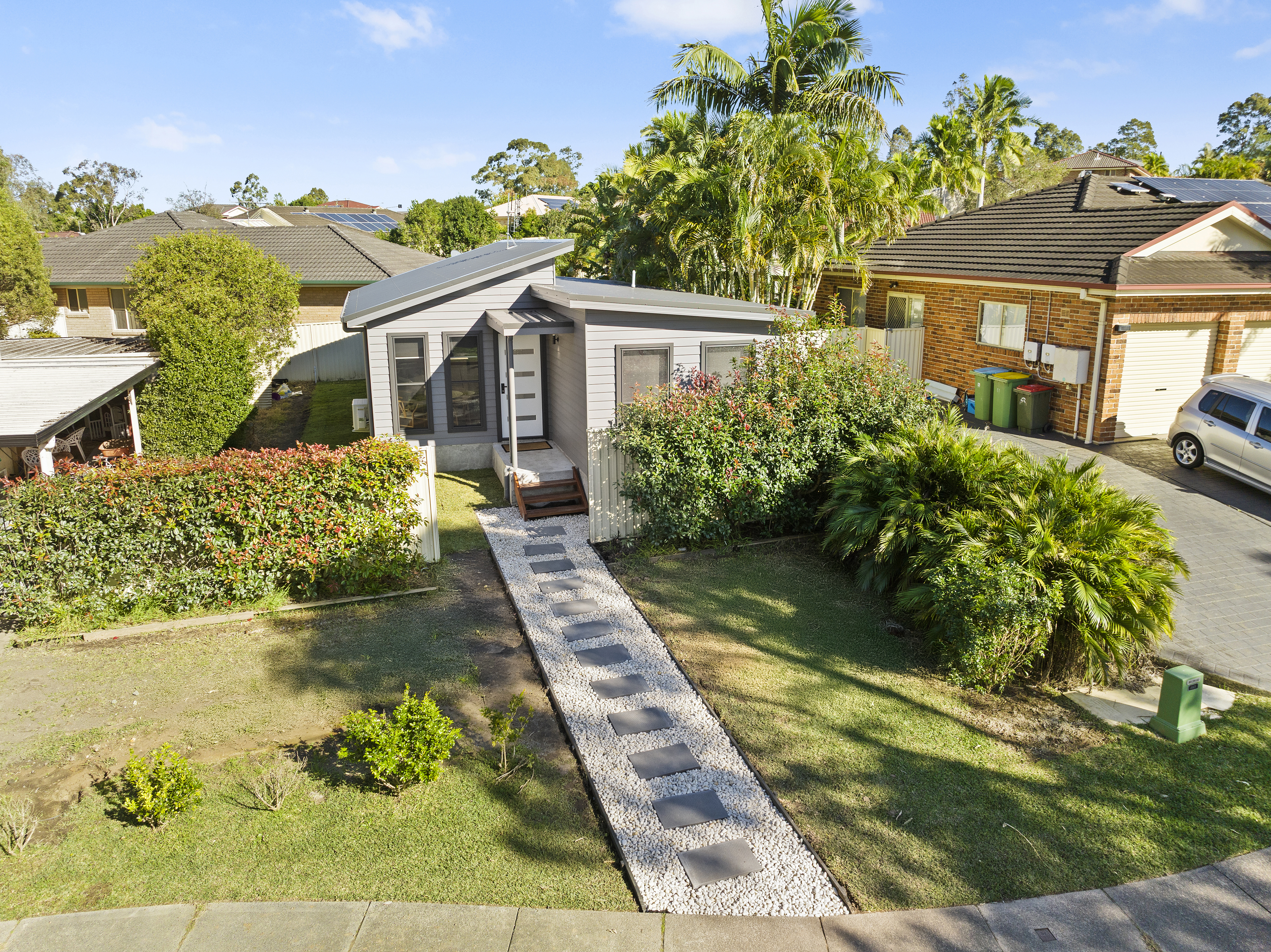Granny flat insurance: can you get home insurance for granny flats?
Granny flats are becoming increasingly popular in Australia, and with good reason. These separate living spaces are a great way to accommodate elderly parents, adult children, or even generate rental income. However, with the added convenience of a granny flat comes the added responsibility of ensuring it is properly insured. But can you get home insurance cover for granny flats? Or do they require a different kind of insurance?
The answer to this question isn’t the most straightforward as it depends on the insurance company you choose and the cover they provide. When looking for granny flat insurance, it is important to compare policies and find one that suits your specific needs. Some policies may offer more comprehensive coverage than others, so it is important to read the fine print and understand what is included. Additionally, it is important to ensure that any tenants living in the granny flat are aware of the insurance policy and their responsibilities in the event of an incident.
Get a free quoteKey takeaways
- Granny flats can be insured, but the specifics depend on the insurance provider and policy chosen.
- Types of insurance include building, contents, and liability insurance.
- It’s important to compare providers, understand the risks, and review policy terms for comprehensive coverage.
- Common exclusions are wear and tear, natural disasters, intentional damage, and illegal activities.
- Insurance provides financial protection against damage, theft, and liability issues.
- Tenants should be aware of their responsibilities under the insurance policy.
What insurance do you need for a granny flat?
If you own a granny flat, it is important to have the right insurance coverage to protect your investment. While some homeowners may assume that their existing home insurance policy will cover their granny flat, this is not always the case. In fact, in many cases, a separate insurance policy is required.
For example, some home and contents insurance policies may cover granny flats (as well as sheds, decks and swimming pools) as fixed structures, providing fire, storm and flood cover (potentially covering both the buildings and personal belongings). Other insurers may offer coverage for a granny flat under a building and contents insurance policy, depending on certain factors such as:
- whether or not the granny flat shares the same address as the main property
- and whether or not the flat is being leased
It’s also possible to cover your granny flat through a type of landlord insurance that offers protection to people renting out their granny flat. Landlord insurance is specifically designed for landlords and provides coverage for a wide range of events, including damage caused by tenants, loss of rental income, and legal expenses. It is important for landlords to have granny flat insurance in place, as they may not be covered by their regular home insurance policy.

Importance of Granny Flat Insurance
Granny flat insurance is important because it provides financial protection in case of damage or theft. Most policies will cover you for a wide range of events, including natural disasters, theft, and damage caused by tenants. Some of the specific types of coverage that may be included in a granny flat insurance policy include:
- Building coverage: This type of coverage protects the physical structure of the granny flat, including the walls, roof, and foundation.
- Contents coverage: This type of coverage protects the items inside the granny flat, such as furniture, appliances, and electronics.
- Liability coverage: This type of coverage protects you in the event that someone is injured while on your property and sues you for damages.
It is important to note that not all granny flat insurance policies are created equal. When shopping for a policy, it is important to carefully review the terms and conditions to ensure that you are getting the coverage you need. Some policies may have exclusions or limitations that could leave you vulnerable in the event of a claim – for example, not all policies may offer total replacement cover or may not offer cover for contents.
Ultimately, the type of insurance coverage you need for your granny flat will depend on a variety of factors, including the size and location of the property, the value of the contents, and the level of risk you are comfortable with. By working with an experienced insurance agent, you can find the right coverage to protect your investment and give you peace of mind.
Types of insurance coverage for granny flats
When it comes to granny flat insurance, there are several types of coverage available to ensure that your investment is protected. Here are the most common types of coverage that you can consider:
Home owners warranty insurance
Home Owners Warranty Insurance, also known as Builders Warranty Insurance, is a type of insurance that provides coverage for structural defects that may occur during the construction of your granny flat. This type of insurance is mandatory in some states in Australia, such as New South Wales and Victoria, for any residential construction work that exceeds a certain value. Home Owners Warranty Insurance typically covers defects for a period of up to six years after the completion of the construction. Backyard Grannys provides a 6 year structural warranty, 2 year non-structural warranty and a defect period of up to 13 weeks.
Building insurance
Building Insurance covers the physical structure of your granny flat against damage caused by events such as fire, storm, or theft. This type of insurance typically covers the cost of repairing or rebuilding your granny flat if it is damaged or destroyed. Building Insurance may also cover other structures on your property, such as garages or sheds.
Contents insurance
Contents Insurance covers the contents of your granny flat against damage or theft. This type of insurance typically covers items such as furniture, appliances, and electronics. Contents Insurance may also cover items that are kept outside of your granny flat, such as outdoor furniture or gardening equipment.
Liability insurance
Liability Insurance provides coverage for any legal liability that you may face as a result of owning a granny flat. This type of insurance typically covers you if someone is injured or their property is damaged while on your property. Liability Insurance may also cover legal fees and other costs associated with defending yourself in court.
It is important to note that not all insurance coverage and exclusions can vary significantly between policies. It is always a good idea to read the Product Disclosure Statement (PDS) carefully and seek professional advice if you are unsure about the coverage that you need.
How to choose the right insurance policy
When it comes to choosing the right insurance policy for your granny flat, there are a few things to consider. Here are some tips to help you make an informed decision.
Assess your risk
Before choosing an insurance policy, it’s important to assess the risks involved. Consider factors such as the location and security system of your granny flat, the value of the contents, and the likelihood of damage or theft. This will help you determine the level of coverage you need.
Compare insurance providers
Once you have assessed your risk, it’s time to compare insurance providers. Look for providers that explicitly offer coverage for granny flats and compare their policies. Consider factors such as the level of coverage, the cost of premiums, and the reputation of the provider.
Read the Policy Terms
Before signing up for an insurance policy, it’s important to read the policy terms (PDS) carefully. Make sure you understand what is covered and what is not. Look for any exclusions or limitations that may affect your coverage. If you have any questions, don’t hesitate to ask the provider for clarification.
Common exclusions in granny flat insurance
When purchasing granny flat insurance, it is important to understand what is and is not covered. Here are some common exclusions to look out for:
- Wear and tear: Most insurance policies do not cover damage caused by normal wear and tear. This means that if your granny flat’s roof leaks due to age, you will likely not be covered.
- Earthquakes and floods: Some insurance policies exclude coverage for natural disasters such as earthquakes and floods. If you live in an area prone to these types of events, you may need to purchase additional coverage.
- Intentional damage: If someone intentionally damages your granny flat, your insurance policy may not cover the cost of repairs.
- Illegal activities: If illegal activities take place in your granny flat, any resulting damage may not be covered by your insurance policy.
Unoccupied periods: If your granny flat is unoccupied for an extended period of time, your insurance policy may not cover any damage that occurs during that time.
Making a claim on your granny flat insurance
If you need to make a claim on your granny flat insurance, there are a few important steps you should take to ensure that the process goes smoothly and that you receive the compensation you are entitled to.
Contact your insurer
The first thing you should do is contact your insurer as soon as possible after the incident occurs. You can usually do this by phone or online. Be prepared to provide your policy number and a detailed description of what happened. Your insurer will then guide you through the claims process.
Provide necessary documentation
To support your claim, you will need to provide your insurer with any relevant documentation. This may include police reports, medical bills, receipts for repairs, and any other evidence that supports your claim. Be sure to keep copies of all documents for your own records.
Follow up on your claim
It is important to follow up on your claim regularly to ensure that it is being processed in a timely manner. You can do this by contacting your insurer directly or by checking the status of your claim online. If you have any concerns or questions, don’t hesitate to contact your insurer for assistance.
Remember, the claims process can take time, so be patient and persistent. By following these steps, you can help ensure that your claim is processed smoothly and that you receive the compensation you are entitled to.
Maintaining your granny flat insurance
Here are a few tips to help you ensure that your insurance policy is up-to-date and provides adequate coverage:
Notify your insurance provider of any changes
If you make any changes to your granny flat, such as adding a new tenant, it’s important to notify your insurance provider. Failure to do so may result in your insurance policy being voided or reduced coverage levels.
Regularly review Your policy
It’s important to review your granny flat insurance policy regularly to ensure that it still meets your needs. As your circumstances change, you may need to adjust your coverage levels to ensure that you are adequately protected. For example, if you make significant improvements to your granny flat in preparation to rent it out, you may need to increase your coverage to reflect the increased value of the property.
Keep records of your insurance policy
It’s important to keep records of your granny flat insurance policy, including the policy number, coverage levels, and contact information for your insurance provider. This information will be useful in the event that you need to make a claim.

Building a granny flat has never been easier – talk to the specialists at Backyard Grannys
Backyard Grannys are the granny flat specialists, with over 10 years of expertise and 1000+ successful projects completed. Our team can help you build the perfect solution with an extensive range of custom designs including 1, 2 and 3-bedroom granny flats, plus 2-storey designs.
Our team builds granny flats exclusively and can help you through each stage of the whole process – from design conception to regulation and approvals to construction. To learn more about our designs, you can visit a display home near you or take virtual tour!
Contact Backyard Grannys today for an obligation-free quote and to take the next steps!
Got a question for us?
Don’t hesitate to get in touch.Related resources

Keeping family close: building a granny flat for ageing parents
Discover how building a granny flat for ageing parents can keep family close, provide independence, and add value to your property. Learn more with Backyard Grannys.
General tips Read more
How to earn rental income from a granny flat in NSW
If you’re thinking about renting out your granny flat in NSW, here’s a clear, step-by-step guide to help you get started.
Investment Read more
Top 10 mistakes to avoid when planning your granny flat
Planning a granny flat? Avoid costly mistakes with our guide to the top 10 things to consider before you build. Expert tips for design, approvals, and building in NSW.
General tips Read more

-21.jpg)
